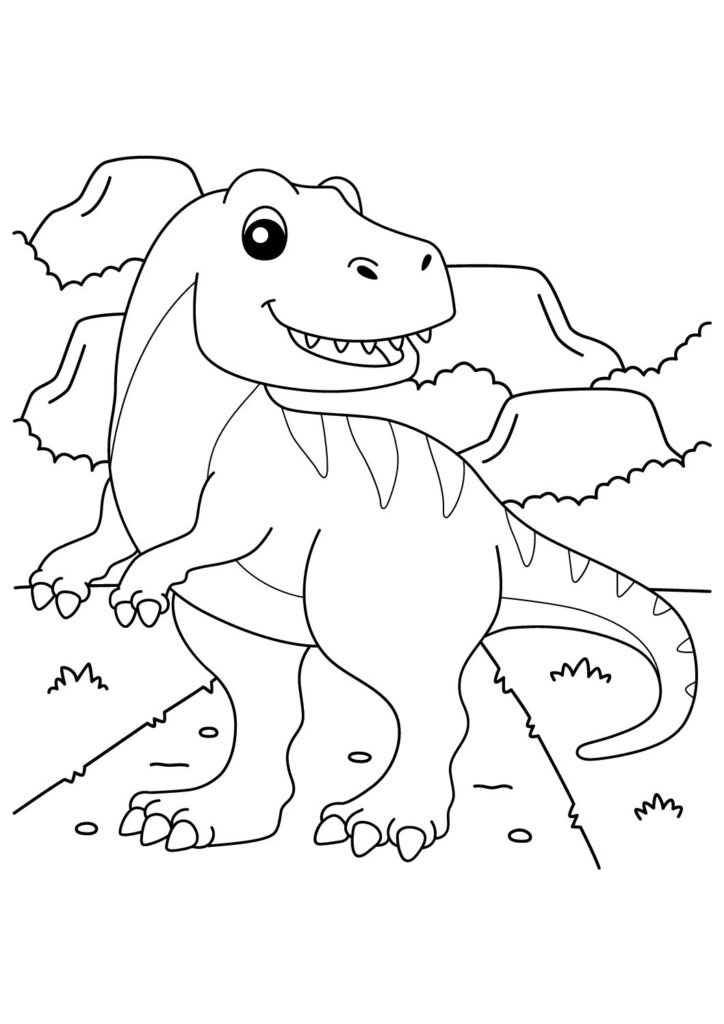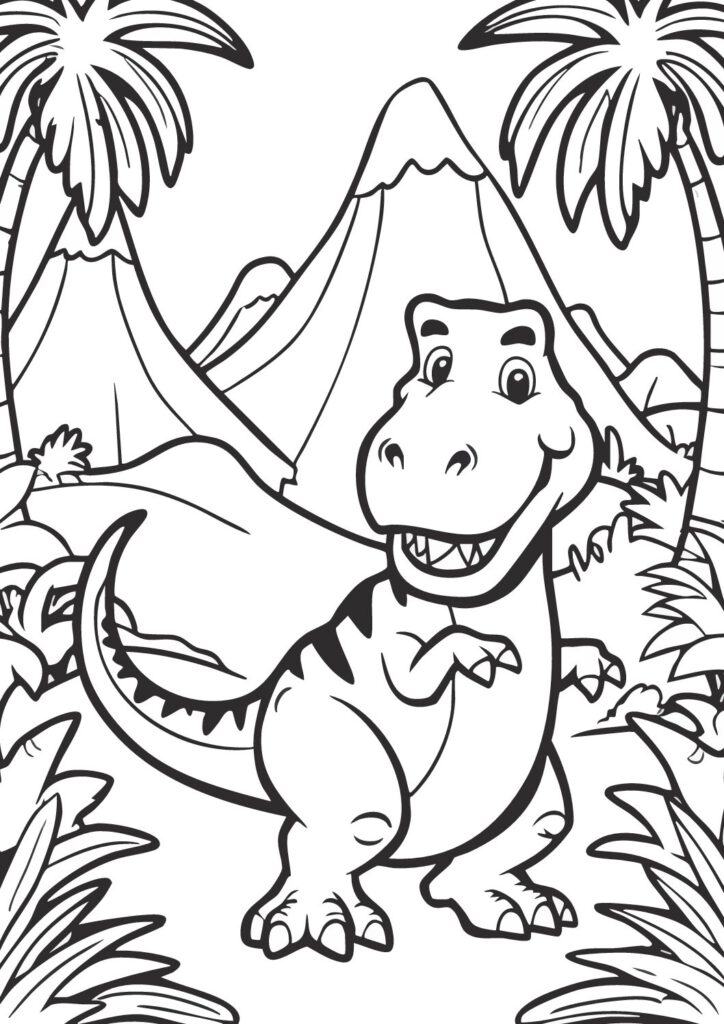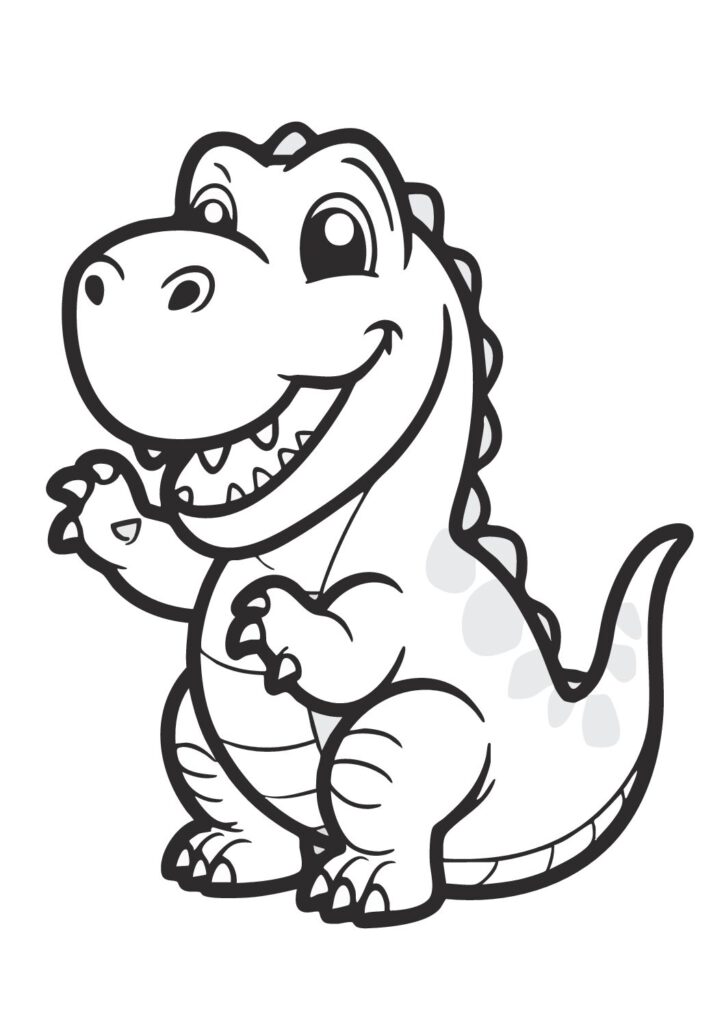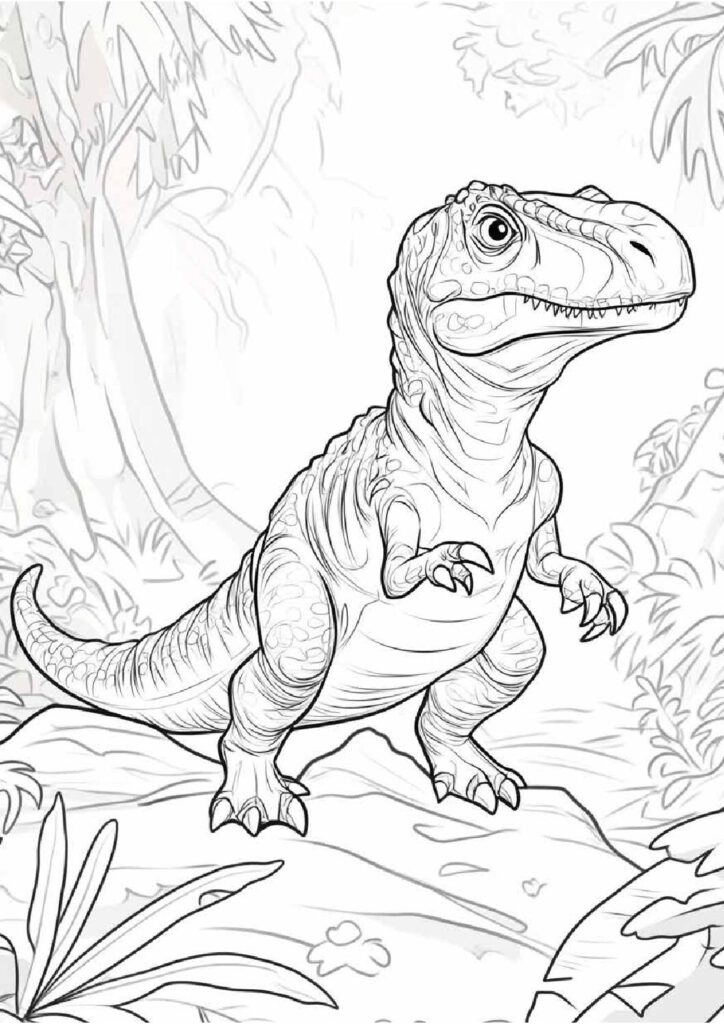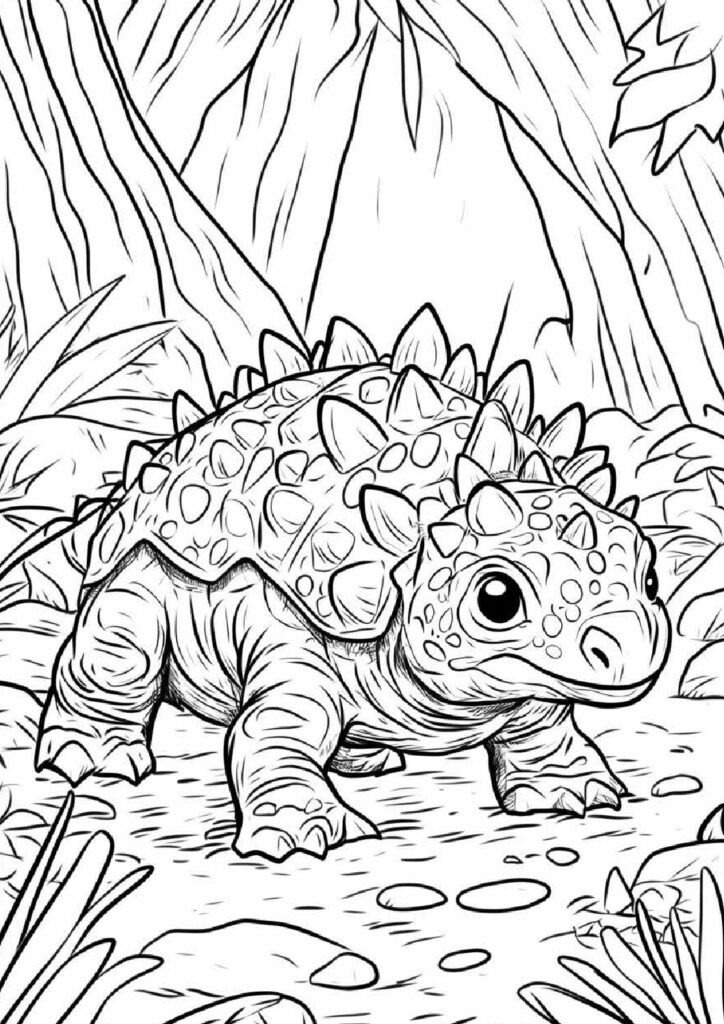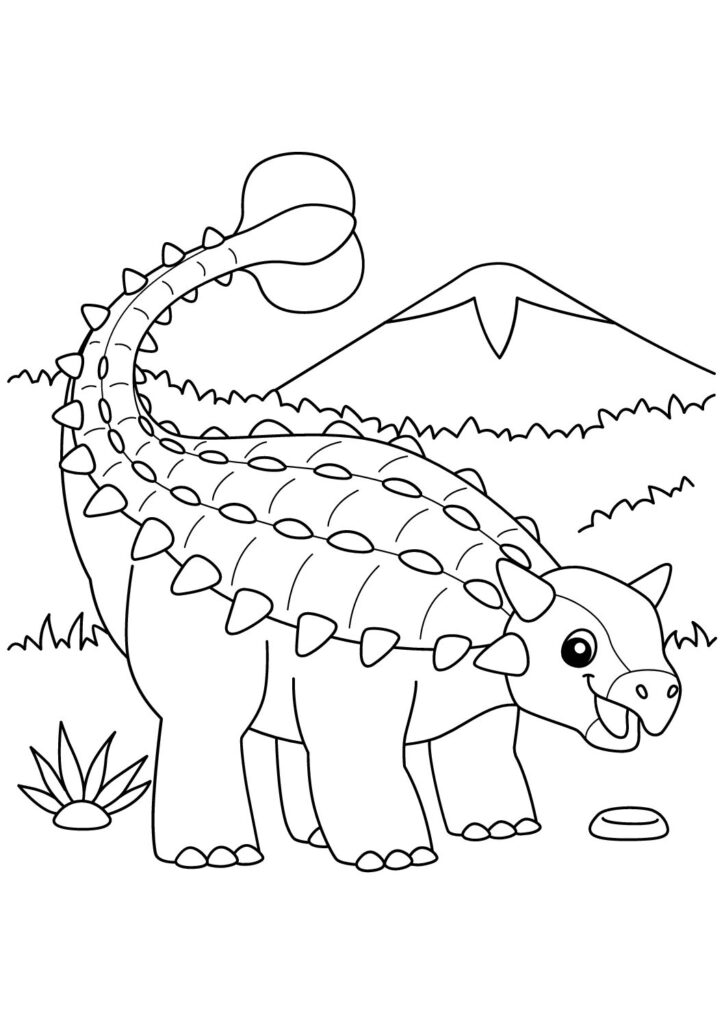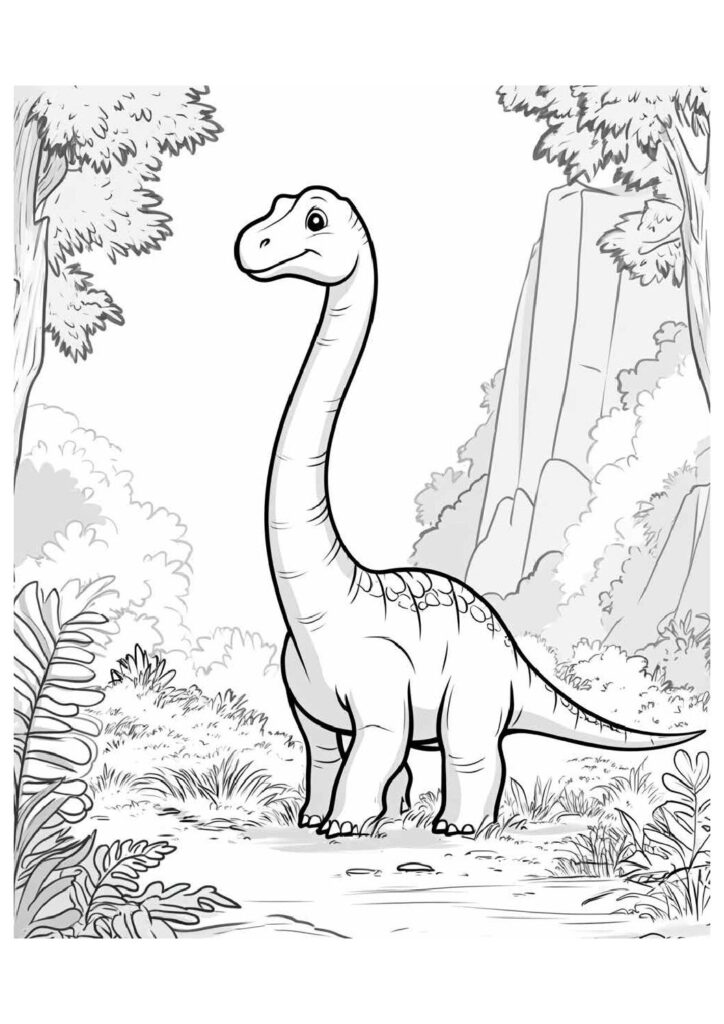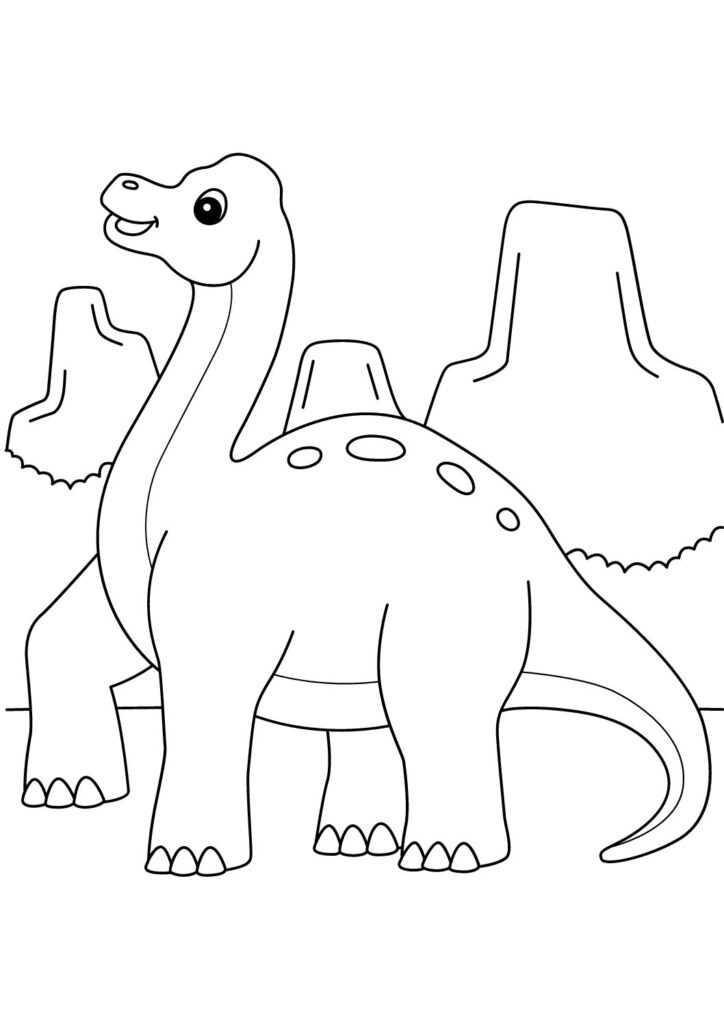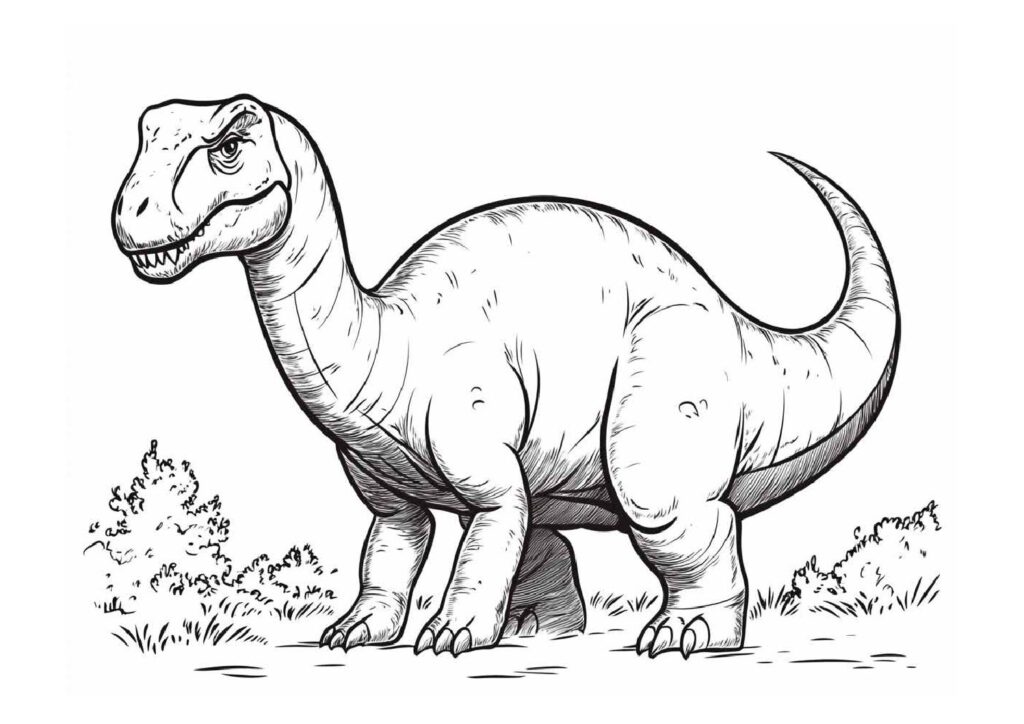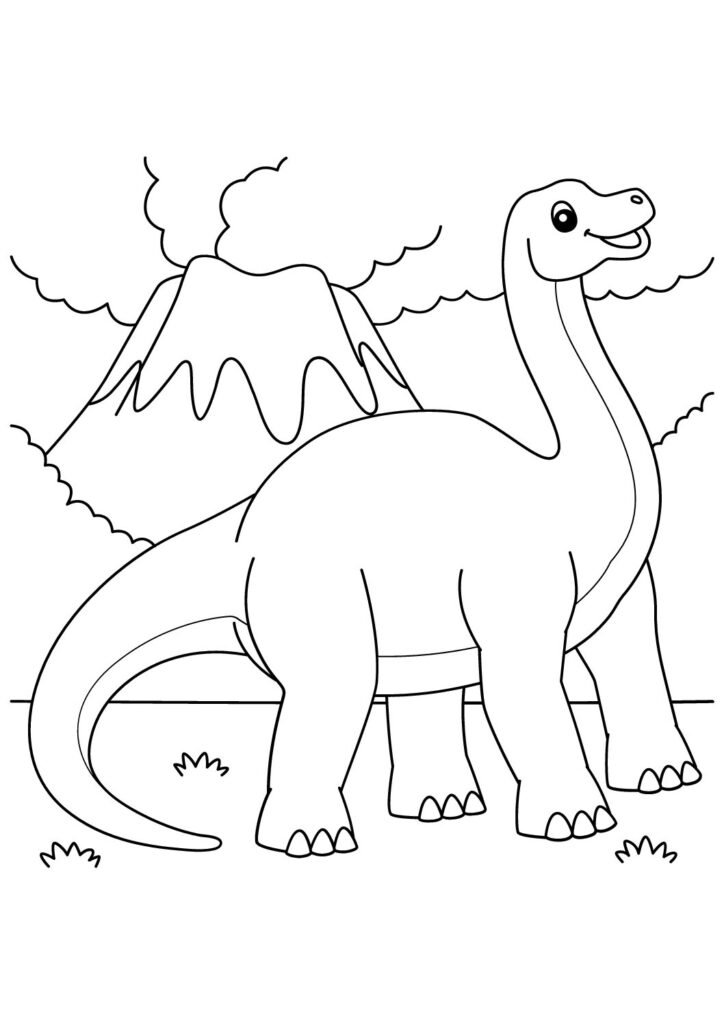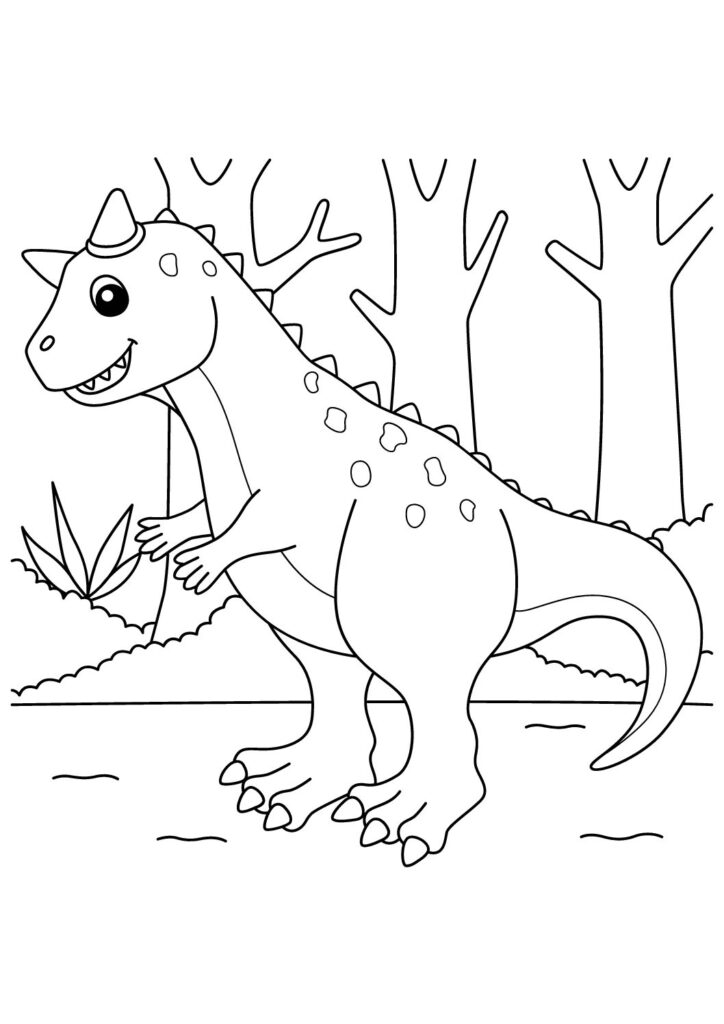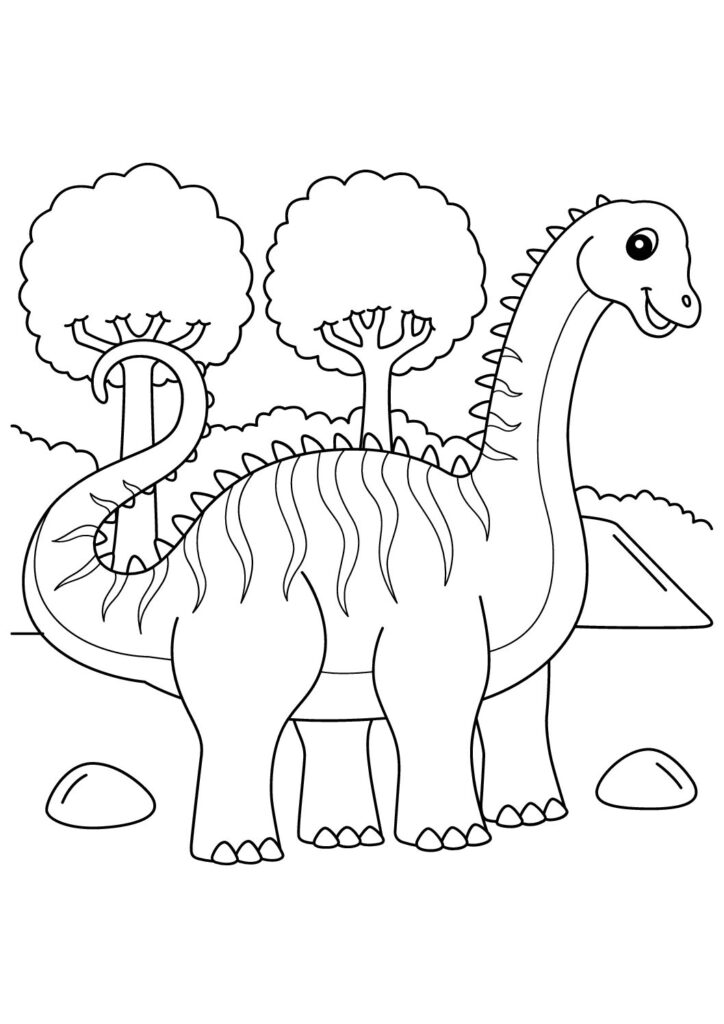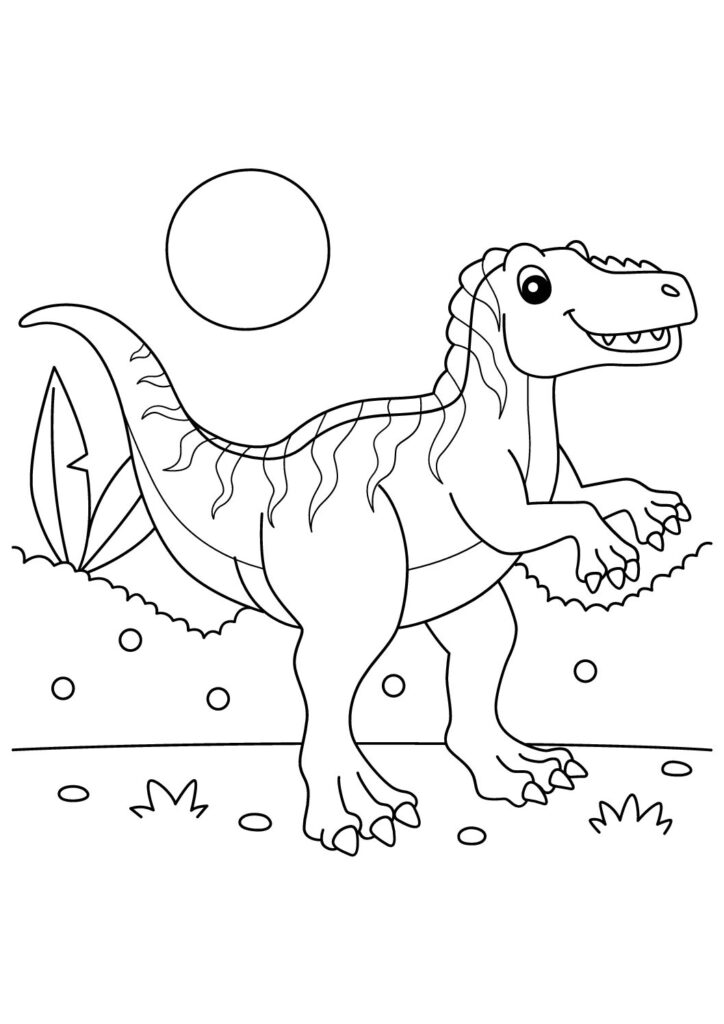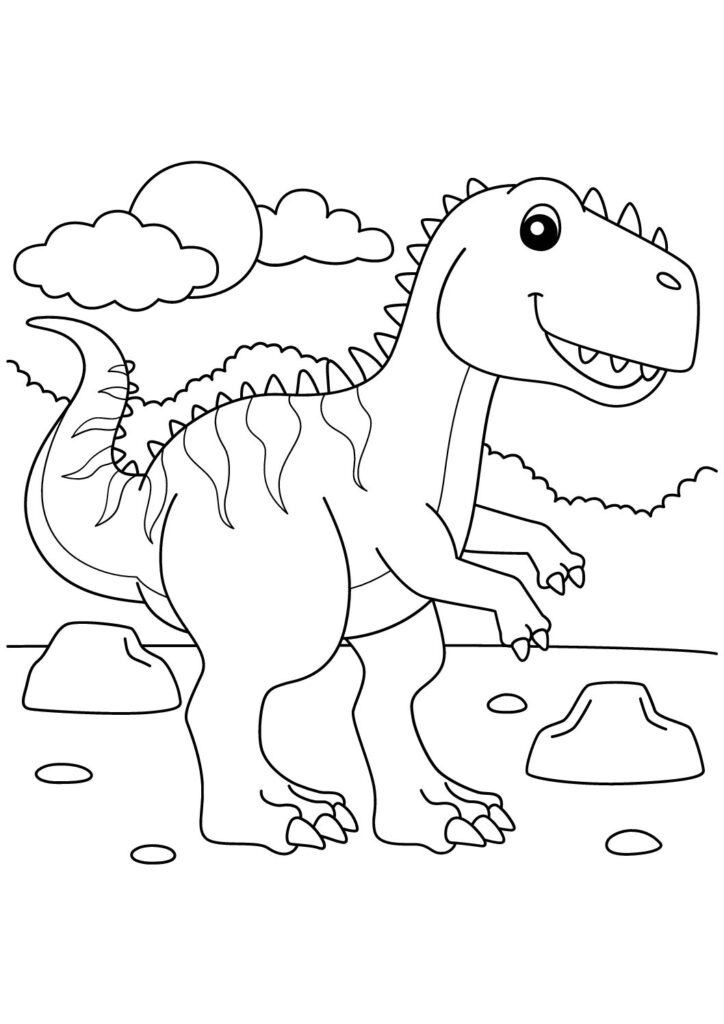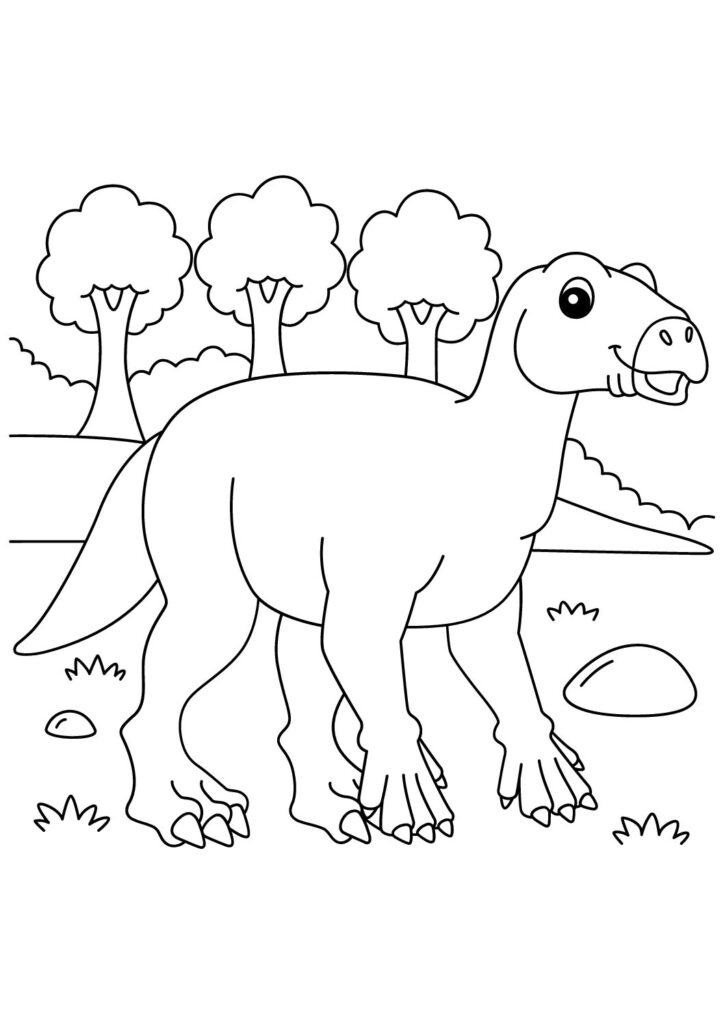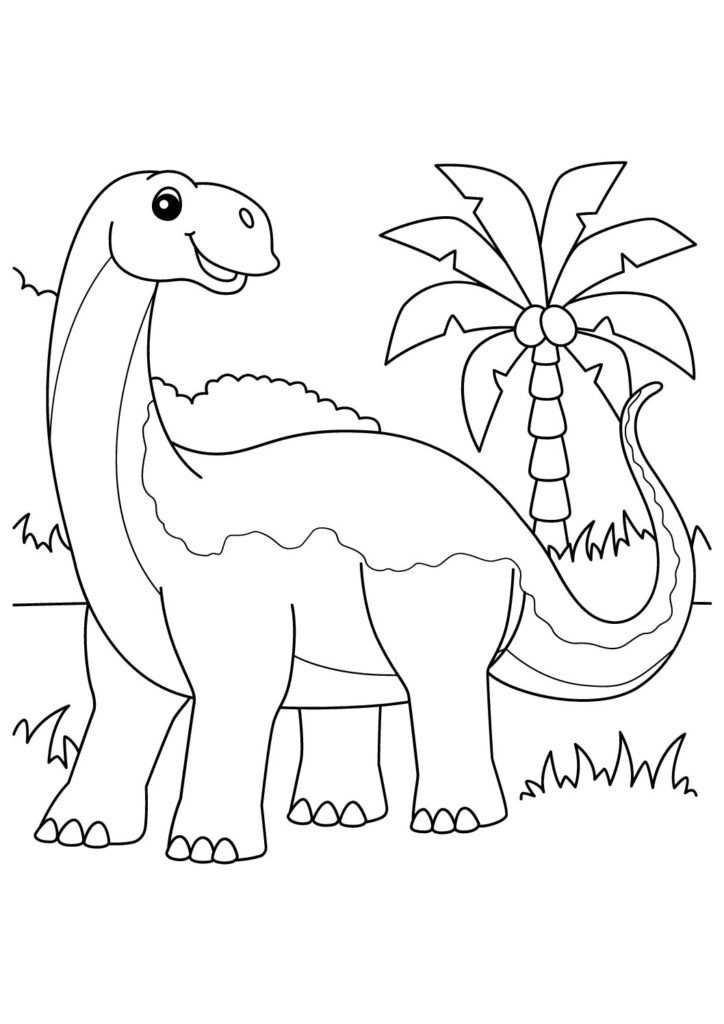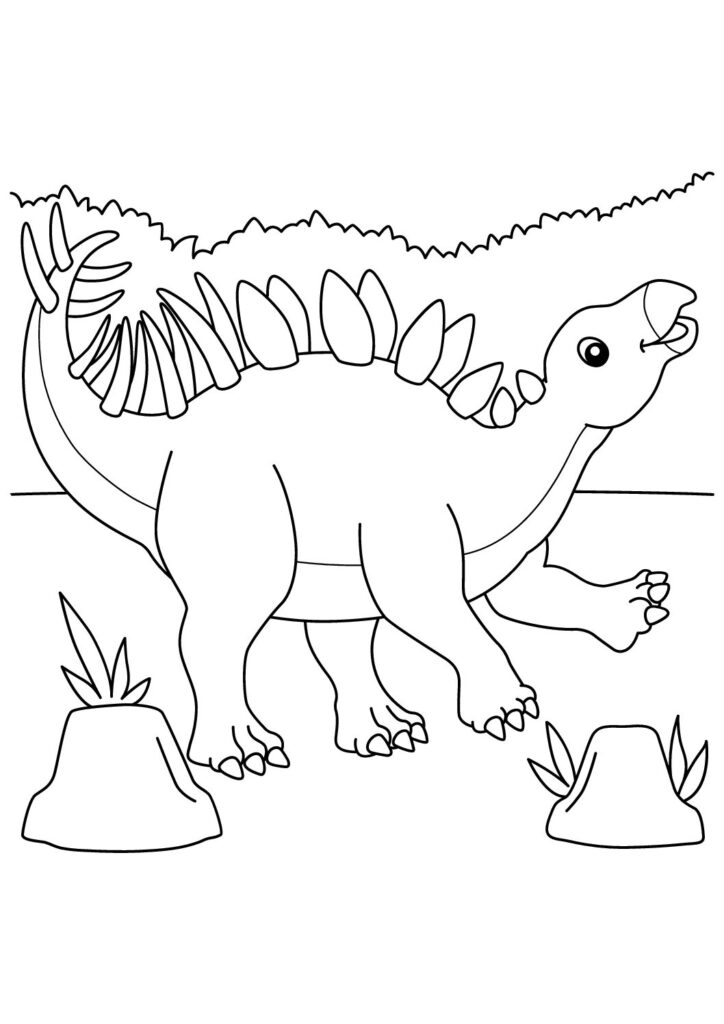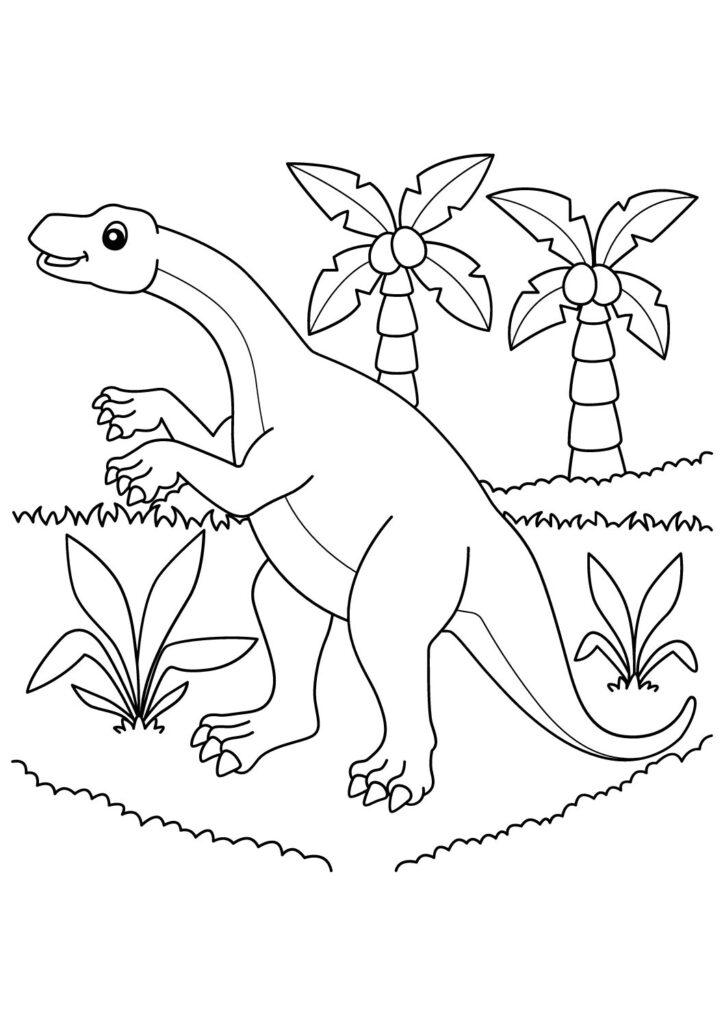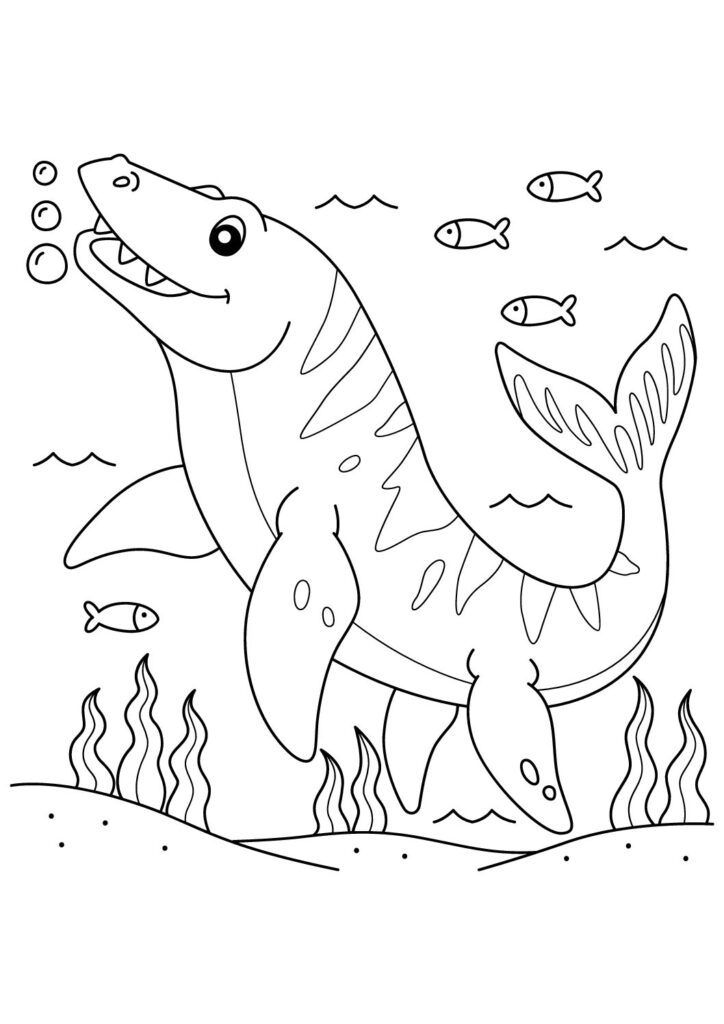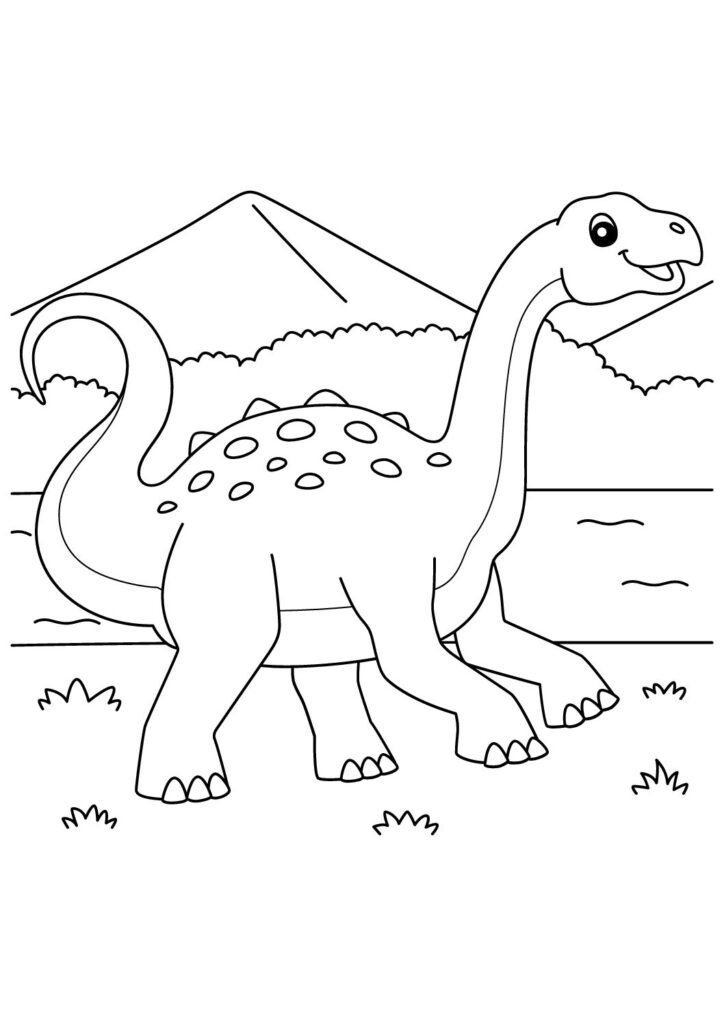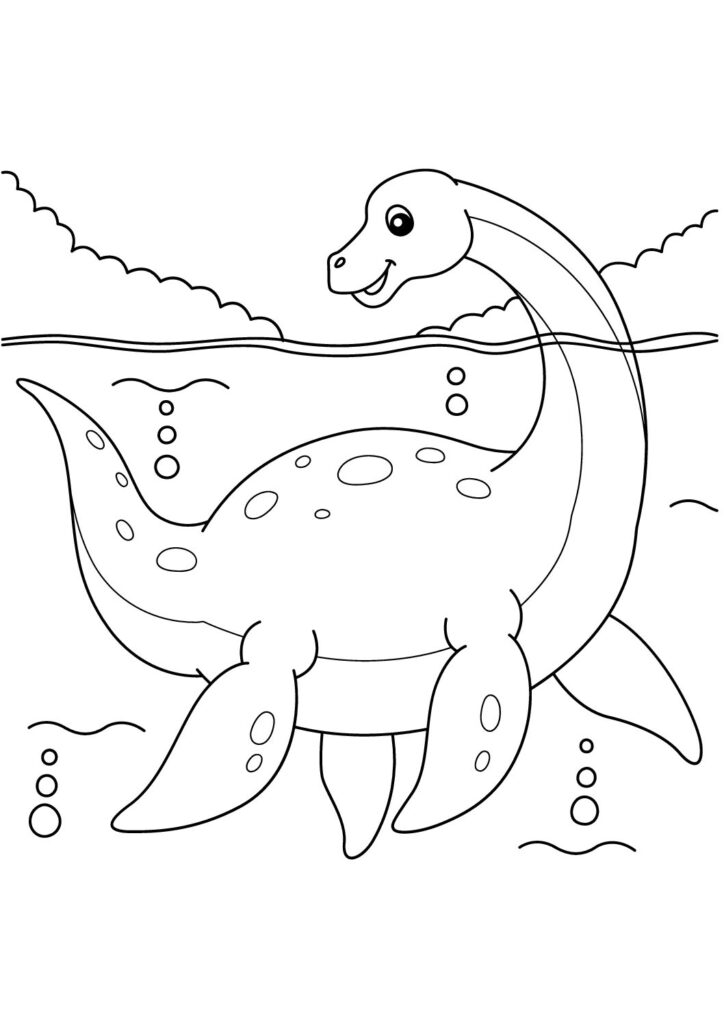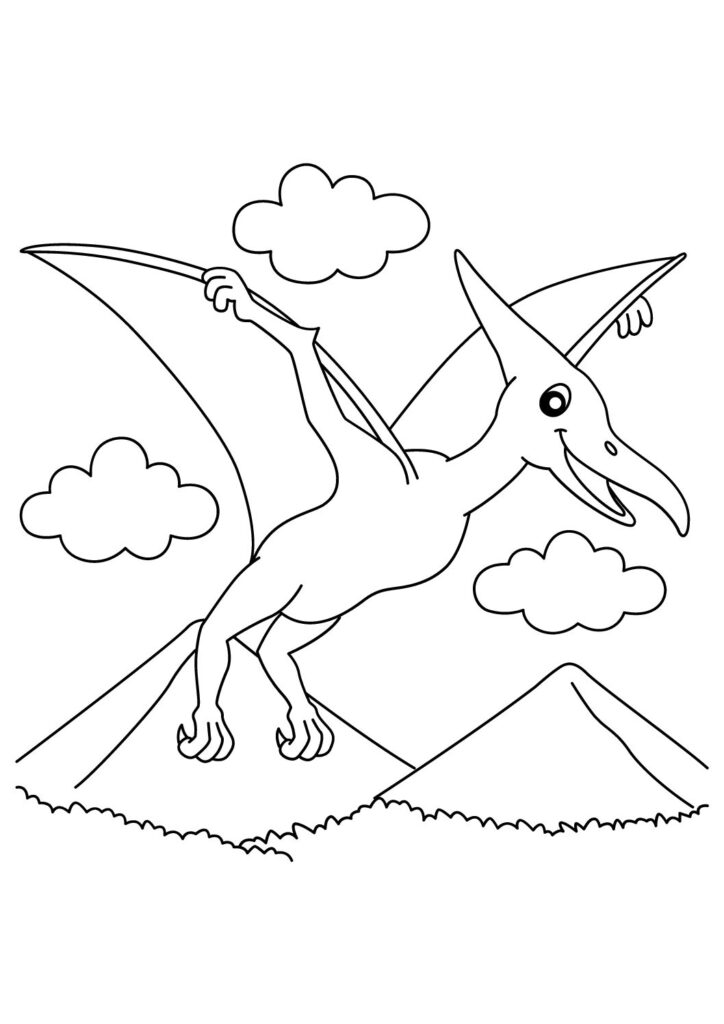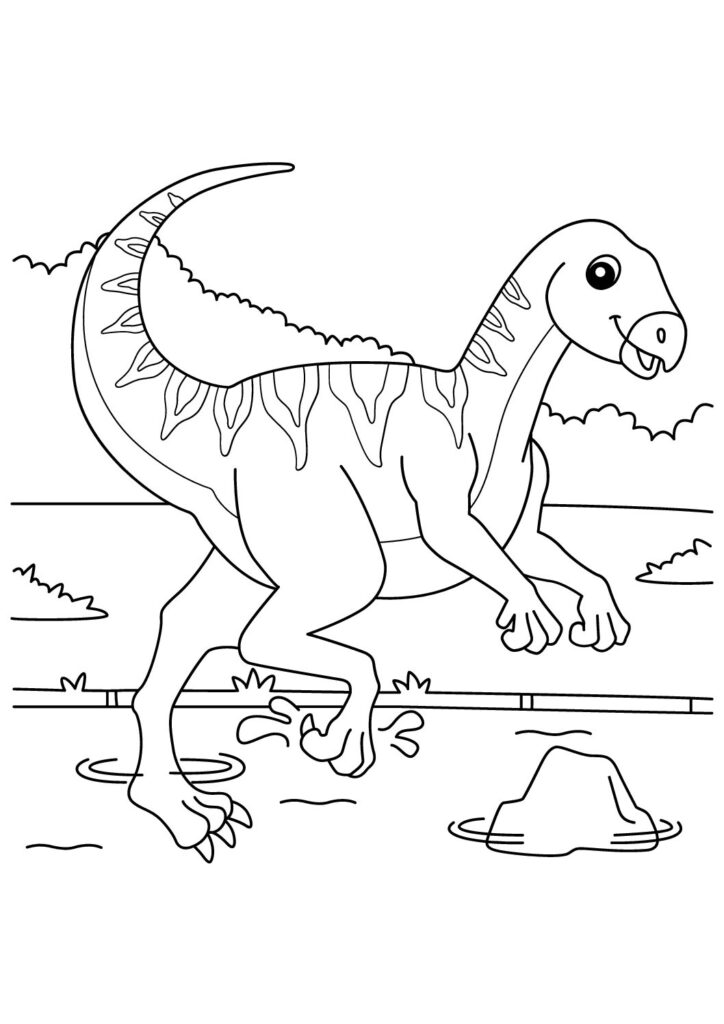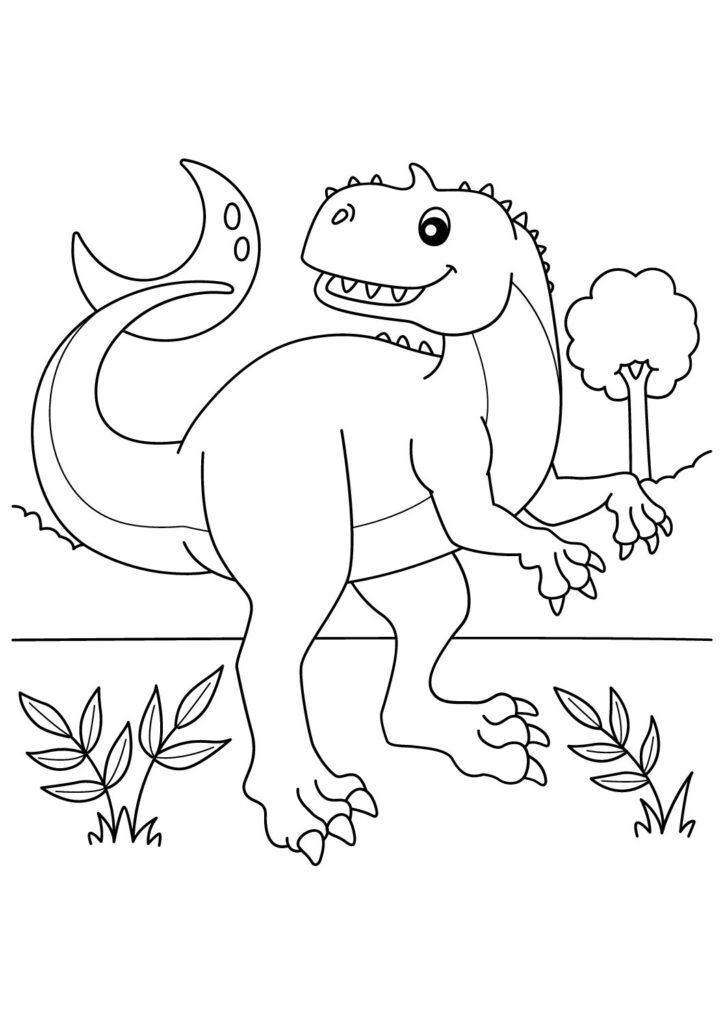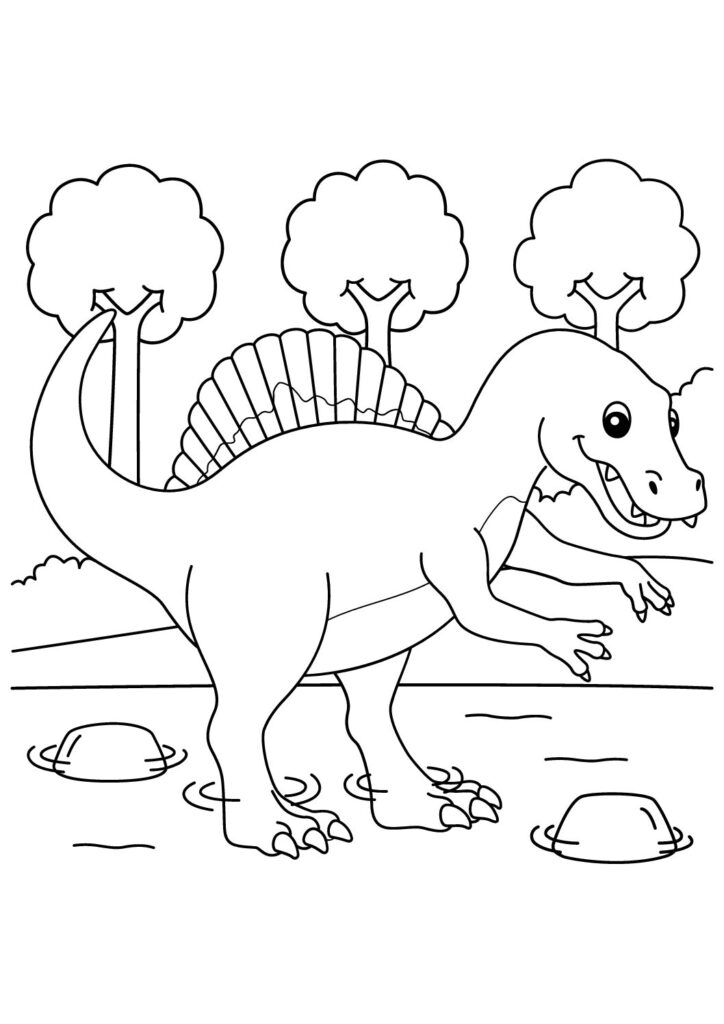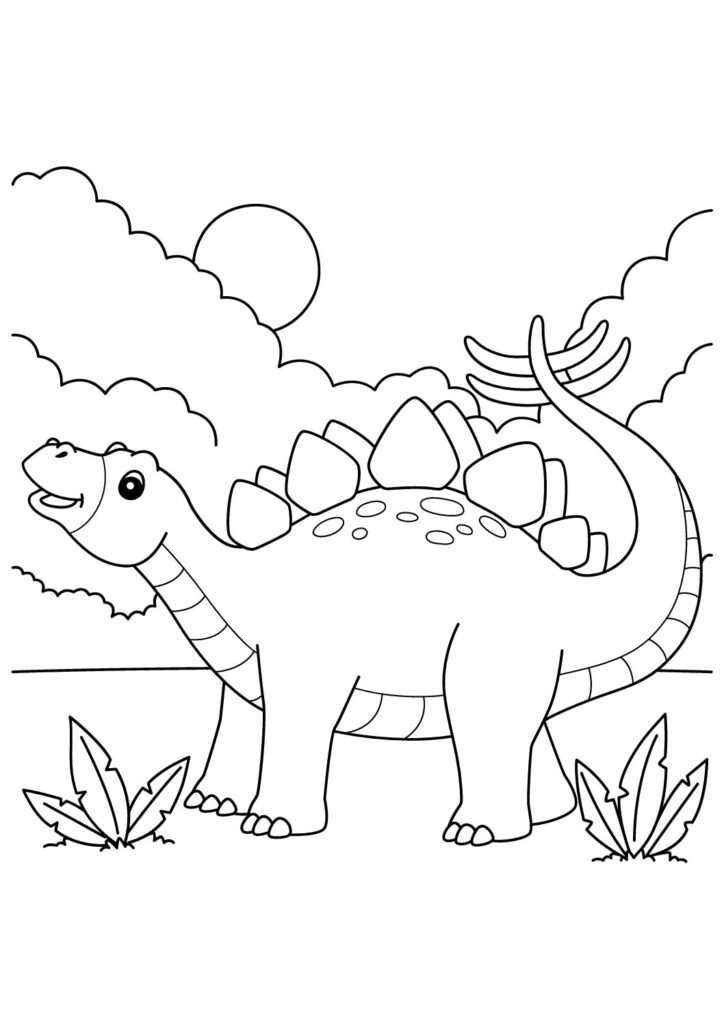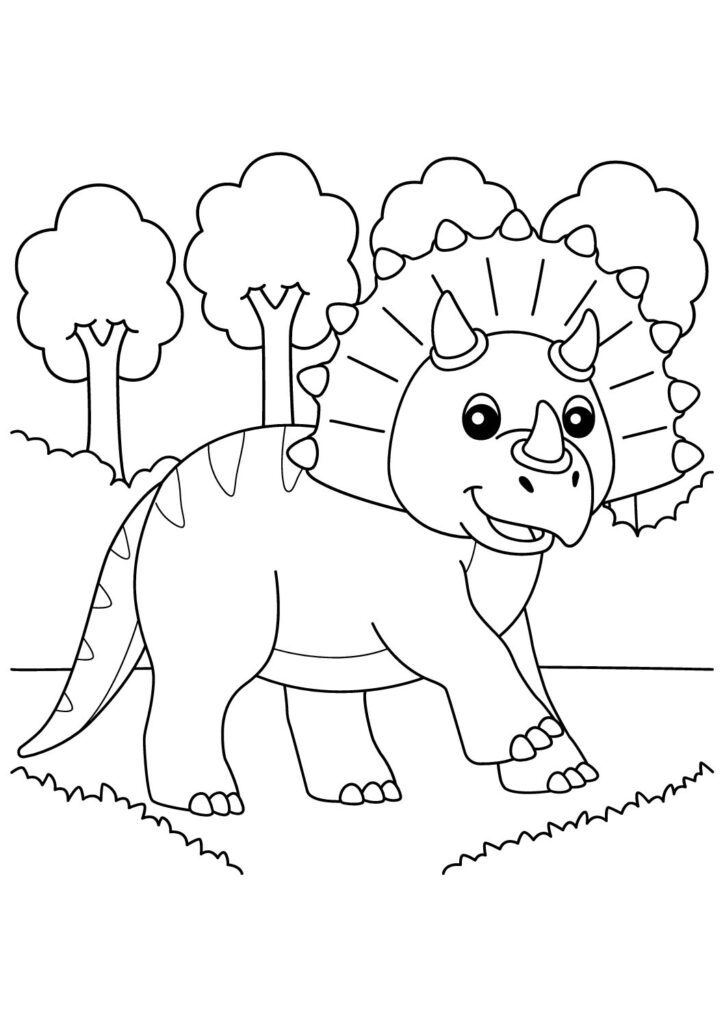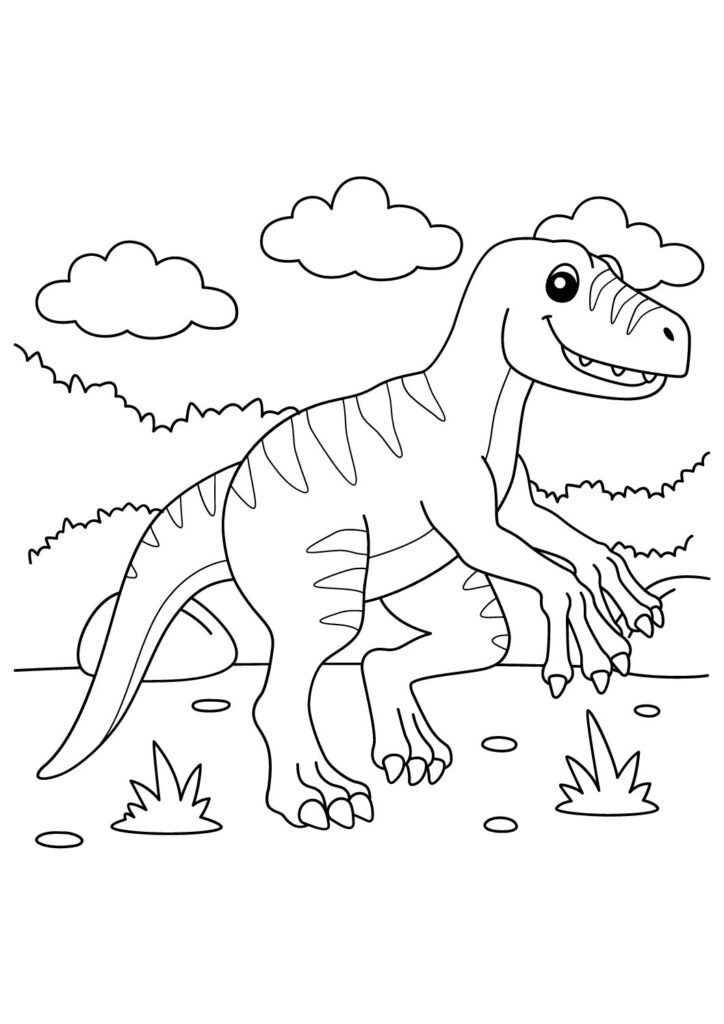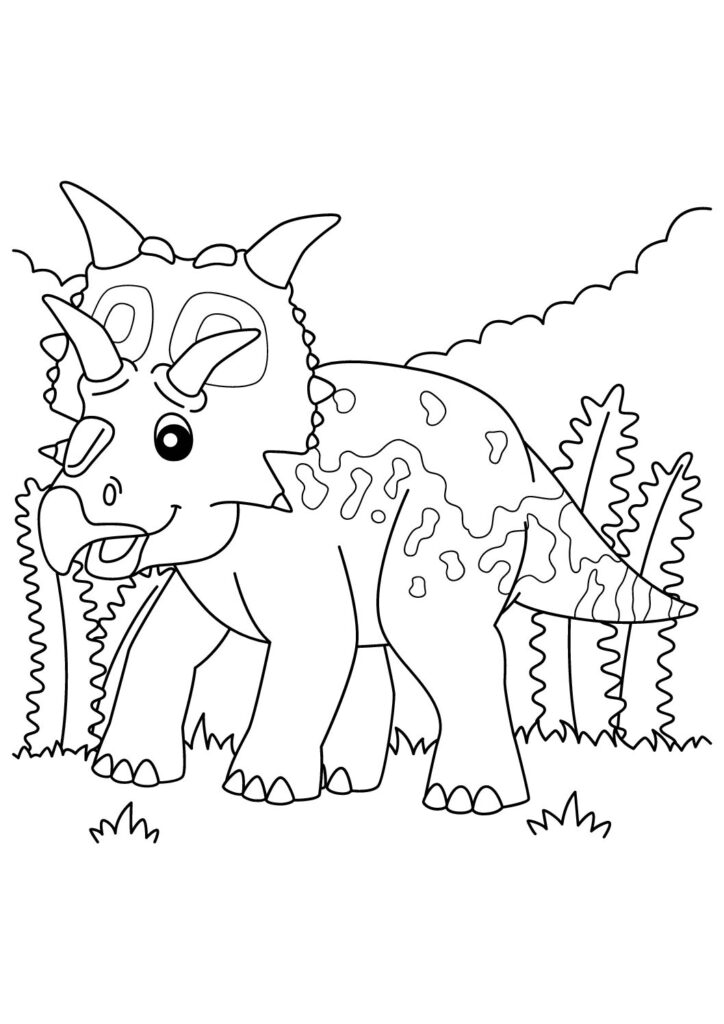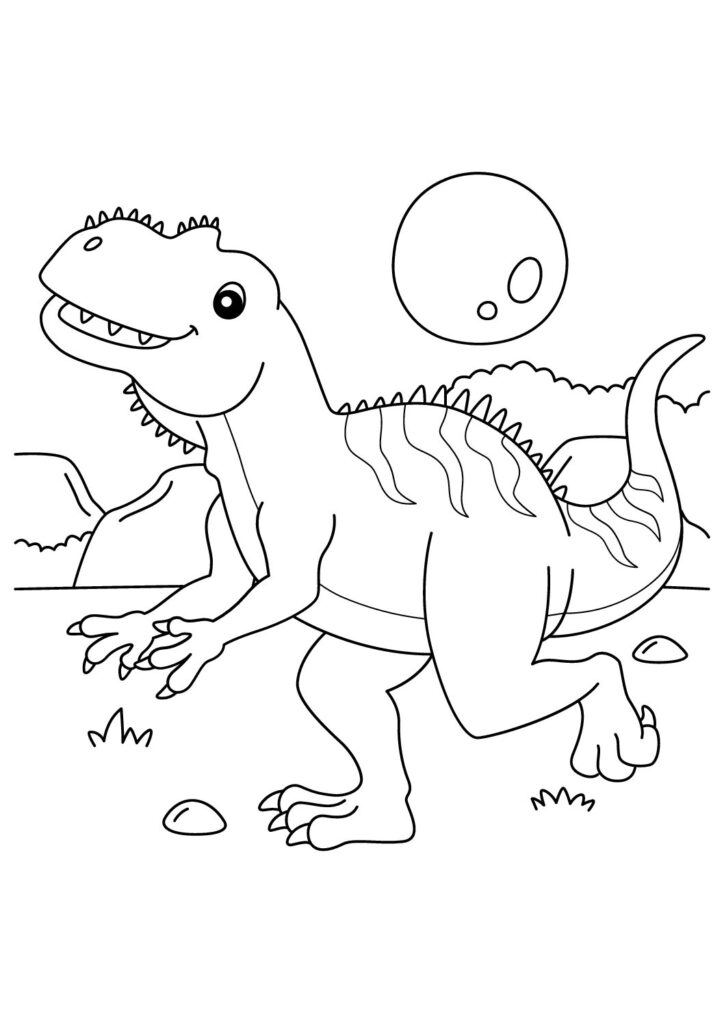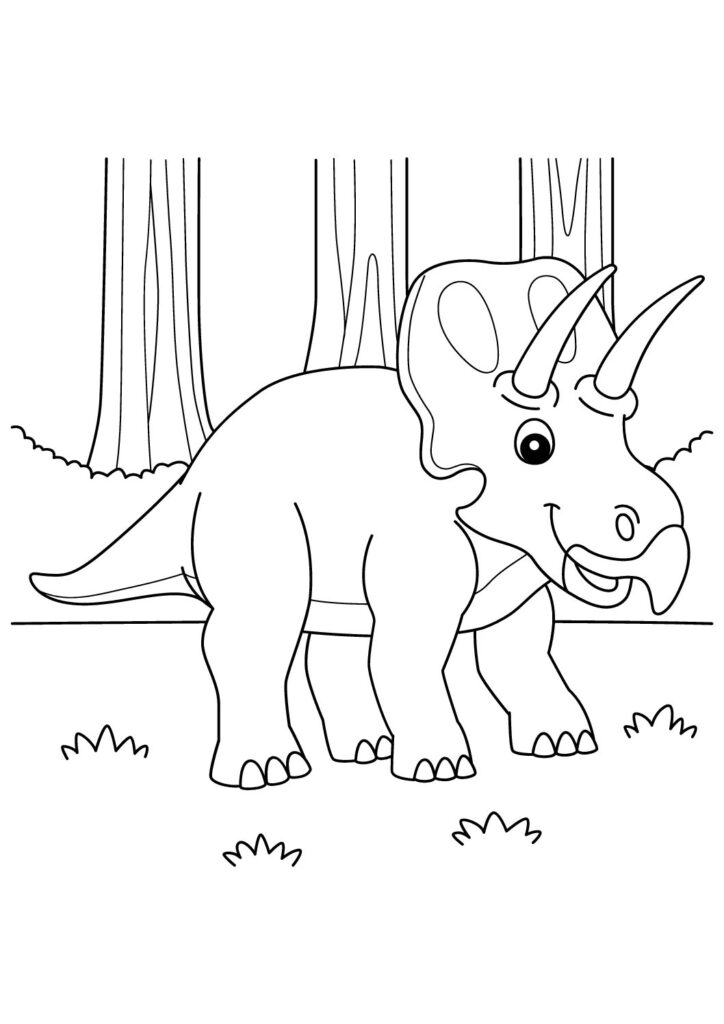2 Free Tyrannosaurus Coloring Pages for Download (Printable PDF)

Enter the world of the mighty T-Rex with our free printable Tyrannosaurus Rex coloring pages! Download these high-quality sheets featuring the king of dinosaurs in all its prehistoric glory. Perfect for kids and dinosaur enthusiasts, these detailed coloring pages showcase the most fearsome predator that ever lived. Each printable sheet brings the legendary Tyrannosaurus Rex to life with its massive jaws, powerful legs, and impressive size!
Fearsome Tyrannosaurus Facts: The Ultimate Guide to History's Most Infamous Predator
Introduction
Tyrannosaurus rex stands as paleontology’s most recognizable and studied dinosaur, dominating the North American landscape during the very late Cretaceous period approximately 68-66 million years ago. This legendary theropod, whose name appropriately means “tyrant lizard king,” represents the culmination of carnivorous dinosaur evolution, combining enormous size, unprecedented bite force, and remarkable sensory capabilities that established it as history’s most formidable terrestrial predator just before the mass extinction that ended the Mesozoic Era.
Extraordinary Size
Adult Tyrannosaurus reached truly imposing dimensions, measuring approximately 40 feet in length, standing 12-13 feet tall at the hip, and weighing between 8-10 tons based on the most comprehensive skeletal analyses. Their massive skulls alone measured up to 5 feet long, housing dozens of serrated teeth—some exceeding 12 inches including the root—capable of crushing bone and tearing through flesh with unparalleled efficiency among land predators.
Unmatched Bite Force
Tyrannosaurus possessed the strongest bite of any terrestrial animal ever measured, with force estimates exceeding 12,000 pounds per square inch—powerful enough to crush a car. This extraordinary biting capability derived from a combination of massive jaw muscles, reinforced skull architecture, and specialized teeth that functioned like bananas rather than knives, allowing them to withstand and deliver extreme crushing forces that could shatter the bones of even the largest prey animals.
Sensory Capabilities
Contrary to popular depictions in early films, Tyrannosaurus possessed exceptional sensory abilities, including some of the largest olfactory bulbs relative to brain size of any animal ever studied. This extraordinary sense of smell allowed them to detect prey from remarkable distances, while their binocular vision exceeded that of modern hawks and their inner ear structure suggests they could hear the low-frequency sounds of other large dinosaurs from considerable distances, making them extraordinarily efficient hunters.
Controversial Speed
The running capabilities of Tyrannosaurus remain among paleontology’s most debated topics, with estimates ranging from top speeds of 12 mph to potentially 35 mph depending on modeling techniques. Recent comprehensive biomechanical studies incorporating muscle attachment sites, bone strength analyses, and comparative anatomy suggest adult Tyrannosaurus likely moved at moderate walking speeds around 10-15 mph, with brief acceleration possible but true running limited by their massive size and skeletal constraints.
Growth and Development
Tyrannosaurus underwent one of the most dramatic growth transformations known among dinosaurs, beginning life as relatively slender, long-legged juveniles weighing less than 100 pounds before developing into massive adults 100 times heavier. This remarkable growth occurred primarily during the teenage years when individuals gained up to 5 pounds daily during peak growth phases, completely transforming their proportions, hunting strategies, and ecological roles as they matured.
Scientific Discoveries
Recent discoveries continue revolutionizing our understanding of Tyrannosaurus, including multiple specimens with preserved soft tissue revealing protein structures and potentially blood vessels. The 2020 announcement that the geological distribution of specimens indicates a population of approximately 20,000 adult Tyrannosaurus existed at any given time across western North America challenges previous assumptions about top predator populations, suggesting they were more abundant than previously thought despite their enormous resource requirements.
